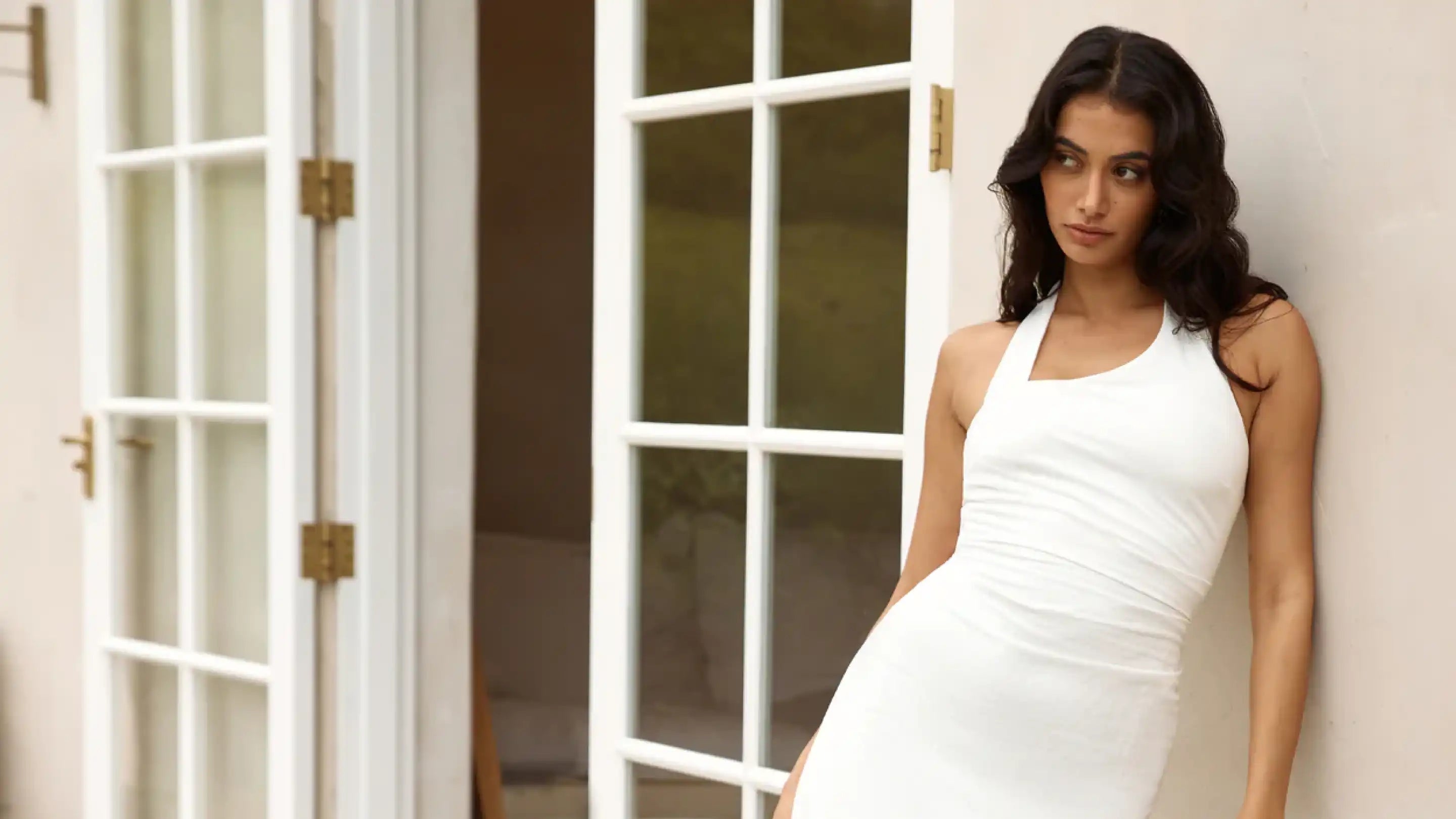Few things are as relaxing as a Sunday afternoon spent lost in a painting. But for the beginner, the blank canvas can be an intimidating sight. Where to start? What paint brush should you use? This article will help guide your path.
Step 1

First things first, you'll need to gather all of the necessary supplies. As any artist will tell you, having the right supplies is half the battle when it comes to painting. So before you break out the exhibition plans, make sure you have everything you need to create a masterpiece. Here's our list of essential painting supplies:
Paint
With so many different types and brands of paint on the market, it can be hard to know which one to choose. A good rule of thumb is to select a quality acrylic paint for beginners - try a pack of acrylic paints!
Brushes
Once you've picked out your paint, you'll need to select the right brushes to apply it. Again, there are lots of different types of brushes available, but natural bristle brushes are generally the best for oil-based paints, while synthetic brushes are better for water-based paints.
Canvas
A good quality canvas is essential for any painting project. Canvases come in a variety of different sizes, so make sure to select one that's appropriate for the project you're working on. Try starting out with the 18 x 24 canvas size.
Palette
This makes mixing colours a breeze! A traditional wooden palette is fine, but if you're looking for something a bit more modern, there are also disposable plastic palettes available.
Easel
An easel is optional, but it can be helpful in keeping your canvas at the right angle while you're painting. And it ensures that your painting won’t reach other surfaces.
Step 2
Now that you have all the supplies - what will you paint?
Are you interested in landscape painting, still lifes, portraits, or abstract art? Once you know what direction you want to go in, you can start planning your composition. We recommend creating a mood board to correlate all of your ideas.
Step 3
Now that you have an idea of what you want to paint, it's time to channel your inner artist. Begin by sketching out your composition with a pencil, then start painting in the largest areas first. Work from light to dark, and build up layers of colour to create depth and interest. For example, start with the light blue sky and then paint on the gradient of the sunset.
Final Advice
Painting is a process, just like every other creative endeavour. Pour your heart into and let your imagination soar - this is your time. Release all of you. And don’t be too hard on yourself, the more you practice the better you’ll become.



